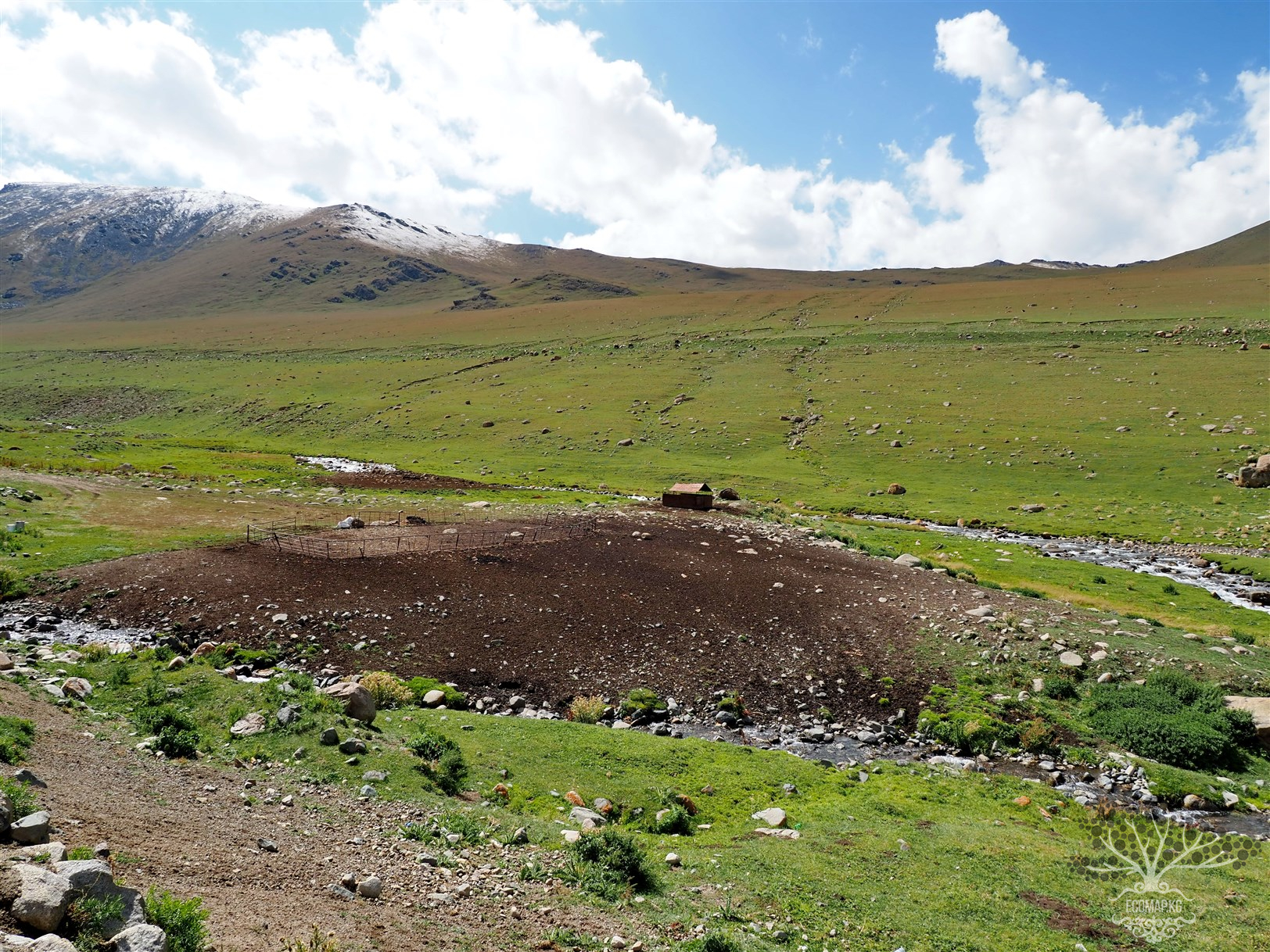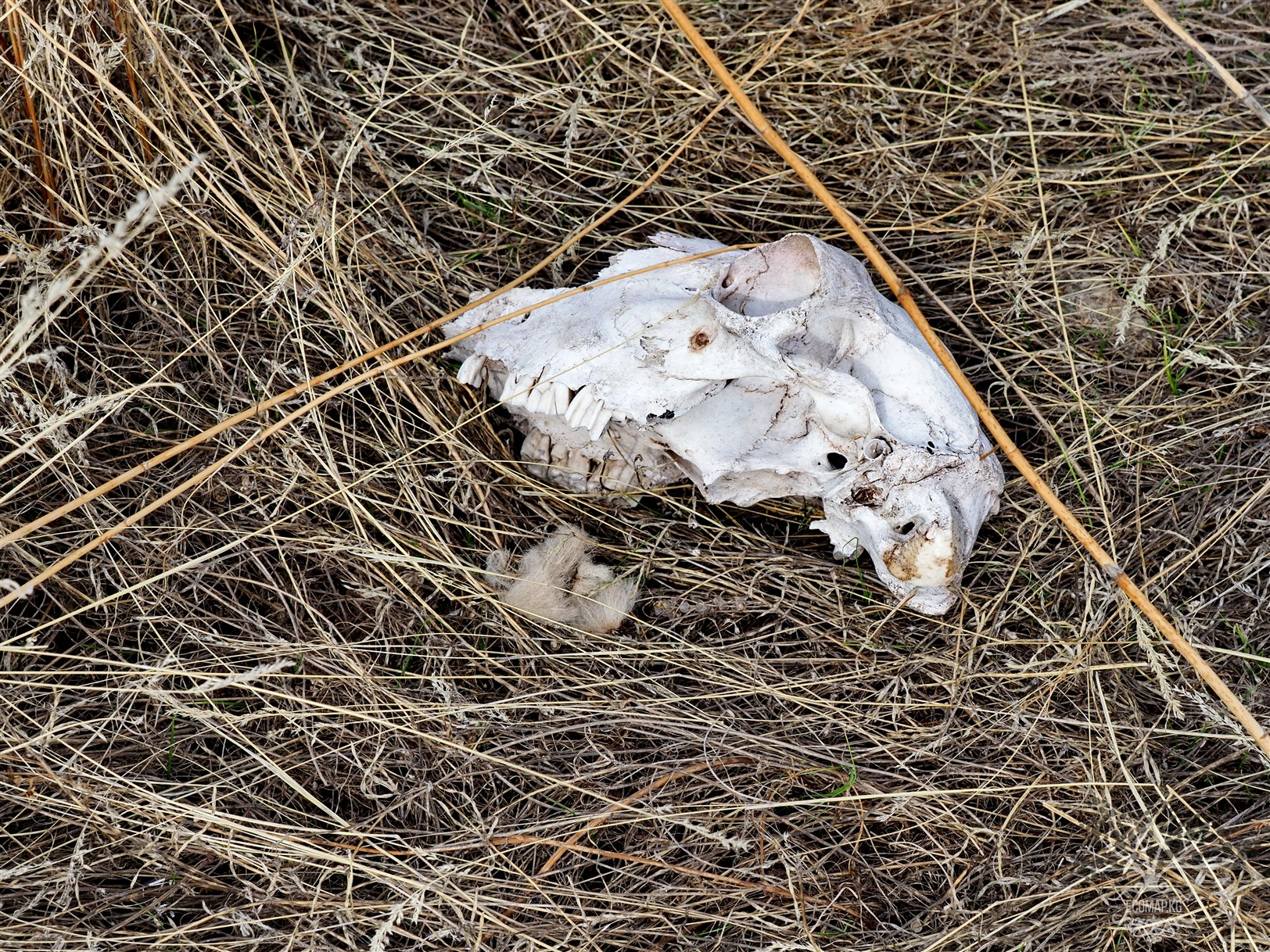River Ötmäk. Water Pollution from Campsite Manure. Violation of the Water Protection Zone.
Coordinates: 42.326712, 73.082807 The mountainous regions of Kyrgyzstan are one of the key areas for traditional livestock farming, providing livelihoods for a significant portion of the population. However, the intensive use of natural resources without consideration of environmental consequences leads to a number of serious problems, including water pollution, pasture degradation, and loss of biodiversity. These challenges require reflection and urgent action to ensure sustainable livestock






